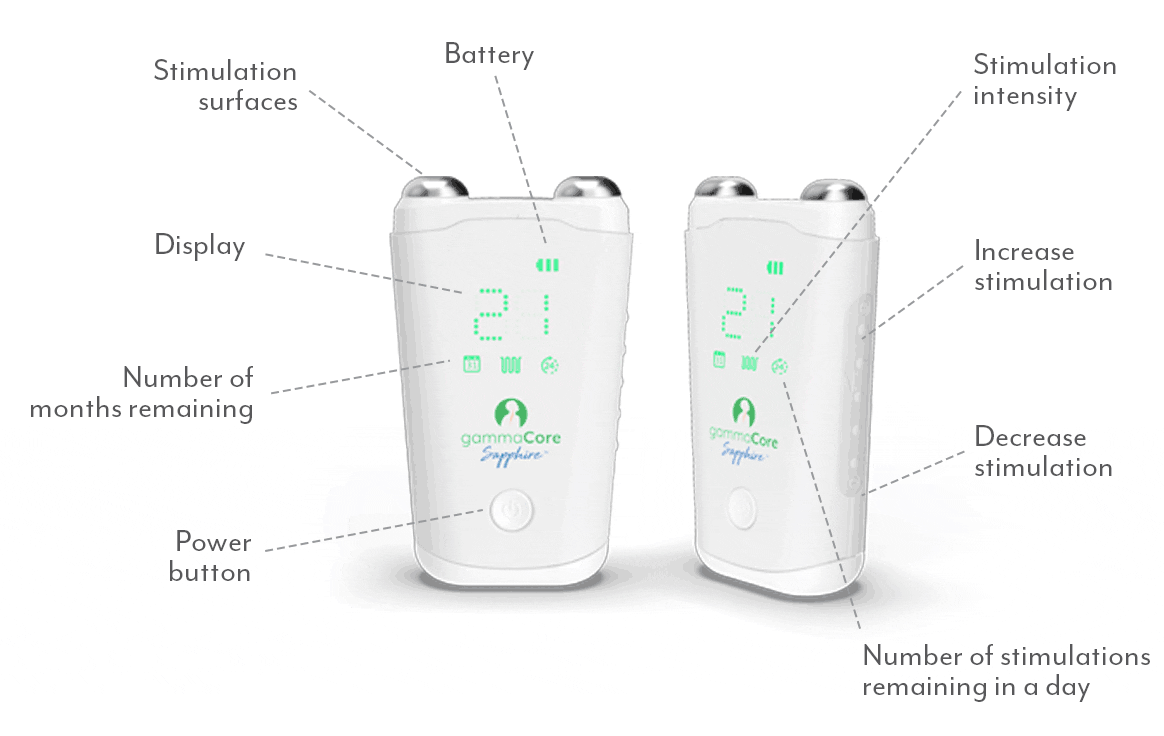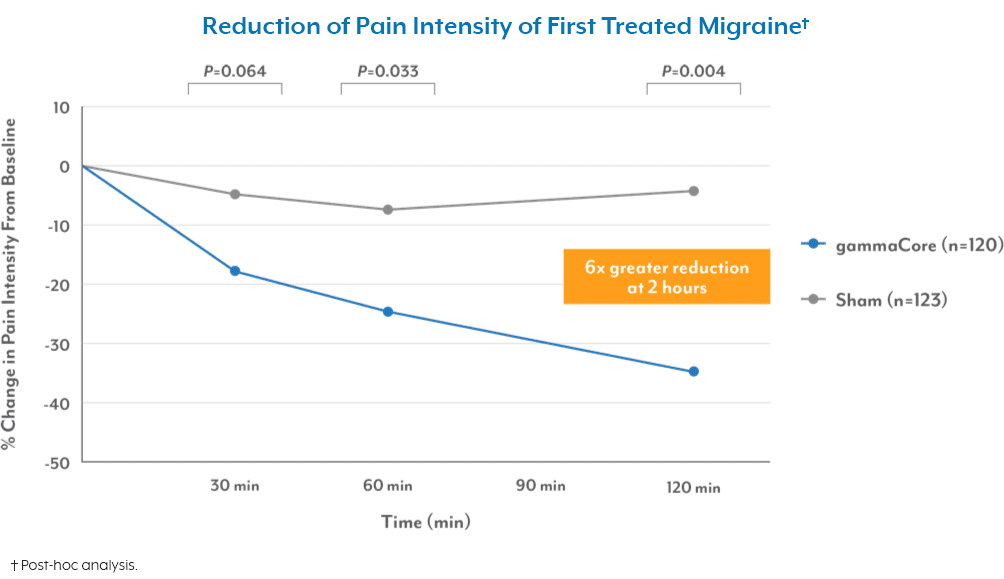
Headaches are one of the most common neurological disorders worldwide, impacting approximately 40% of the global population.1 However, it’s important to recognize that not all headaches are the same. In fact, there are various headache types, some much more severe than others. This is especially true when it comes to cluster headache vs. a migraine.
Read on to discover the key differences between these two headache types, plus advice and solutions to help you manage these conditions.
Cluster Headache vs. a Migraine: Key Differences
While cluster headache and migraine may share some symptoms, these are two very different headache disorders. For starters, migraine is one of the most common neurological disorders, affecting over a billion people each year globally.2 Cluster headaches, on the other hand, are rarer, affecting approximately one in every thousand people.3
Both headache types can also have different symptoms, durations, frequencies, and pain patterns.
Migraine Symptoms
Migraine sufferers often describe migraines as the feeling of pulsating or throbbing head pain sometimes accompanied by additional symptoms like:
- Nausea and vomiting
- Sensitivity to light and sound
- Visual disturbances (referred to as aura)
- Dizziness
- Neck stiffness
Migraine pain can last anywhere from four to 72 hours and usually happens in phases: the prodrome (warning signs), aura (visual disturbances), headache, and postdrome phase (the aftermath). Migraines can become chronic if you have them for at least 15 days a month over a three-month period.
Common Migraine Causes
When it comes to what causes migraine, studies suggest that genetics account for up to 60% of cases.4 This means that if you have a family member who suffers from migraine, you may be more likely to experience them, too.
There is also evidence for other potential causes, including:
- Depression
- Anxiety
- Bipolar disorder
- Epilepsy
- Sleep disorders
Migraine can also be linked to hormonal changes. Many women experience migraines when estrogen levels spike, such as around the start of their menstrual cycle and during pregnancy.
Cluster Headache Symptoms
Cluster headache, also known as suicide headache, has been described as one of the most painful conditions known to man. The condition is typically characterized by a severe stabbing pain on one side of the face, usually centered over one eye, one temple, or the forehead. The pain occasionally spreads to other areas, such as the full head or face, neck, teeth, or nose. A cluster headache may also be accompanied by:
- A blocked or runny nose
- Drooping eyelid
- Teary eyes
- Constricted pupil
Cluster headache tends to come on around the same time each day. They typically occur in bouts of six to 12 weeks, and each one can last 15 minutes to 3 hours or more. Cluster headache can strike up to eight times daily, making them an especially challenging condition to manage. The impact is so severe that the risk of suicide for cluster headache patients is 20 times the national average.5
What Causes Cluster Headache?
While the exact cause of cluster headache is not fully understood, experts have discovered several key factors that may play a role. Cluster headache triggers may include6:
- Genetic predisposition
- Smoking and alcohol consumption
- Changes in sleep patterns
- Traumatic brain injury
- Vascular conditions
Cluster Headache and Migraine Treatments: Take Control of Your Headache Pain
Understanding the differences between headache types is the first step in developing a targeted treatment plan to better manage the condition. When it comes to treatment for a cluster headache vs. a migraine, one thing that both have in common is treatment with gammaCore™ non-invasive vagus nerve stimulator (nVNS). This portable, handheld device is clinically proven to prevent headache pain when used twice daily and provide fast-acting relief when used at the onset of pain. gammaCore nVNS is the first and only FDA-cleared non-invasive device to treat and prevent multiple types of headache pain, including migraine and cluster headache, via the vagus nerve.
To see if gammaCore is right for you, visit our clinic finder to locate a health care provider near you, or contact our dedicated Customer Experience team at 888-903-2673 or customerservice@electrocore.com.
References:
- (2024, March 6). Migraine and other headache disorders. World Health Organization. Retrieved September 3, 2024, from https://www.who.int/news-room/fact-sheets/detail/headache-disorders
- Amiri, P., Kazeminasab, S., et al. (2021). Migraine: A Review on Its History, Global Epidemiology, Risk Factors, and Comorbidities. Frontiers InNeurology. https://doi.org/10.3389/fneur.2021.800605
- San-Juan, D., Velez-Jimenez, K., et al. (2024). Cluster headache: An update on clinical features, epidemiology, pathophysiology, diagnosis, and treatment. Frontiers in Pain Research, 5. https://doi.org/10.3389/fpain.2024.1373528
- Grangeon, L., Lange, K. S., Waliszewska-Prosół, M., et al. (2023). Genetics of migraine: Where are we now? The Journal of Headache and Pain, 24(1). https://doi.org/10.1186/s10194-023-01547-8
- Koo, B. B., Bayoumi, A., et al. (2021). Demoralization predicts suicidality in patients with cluster headache. The Journal of Headache and Pain, 28. https://doi.org/10.1186/s10194-021-01241-7
- Elbadawi, A. S., Albalawi, A. F., et al. (2021). Cluster Headache and Associated Risk Factors: A Systemic Review and Meta-Analysis. Cureus: Journal of Medical Science, 13(11). https://doi.org/10.7759/cureus.19294


